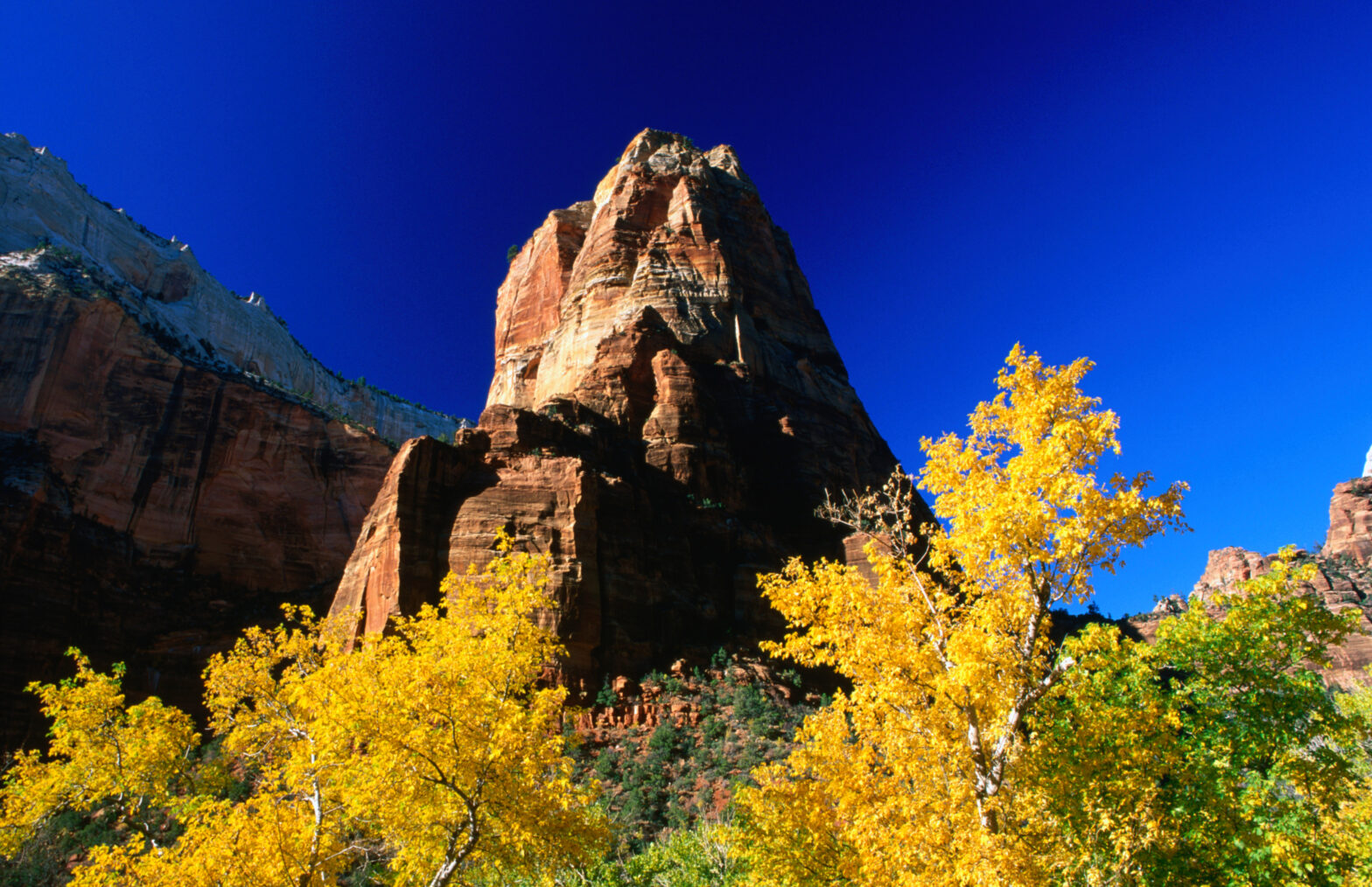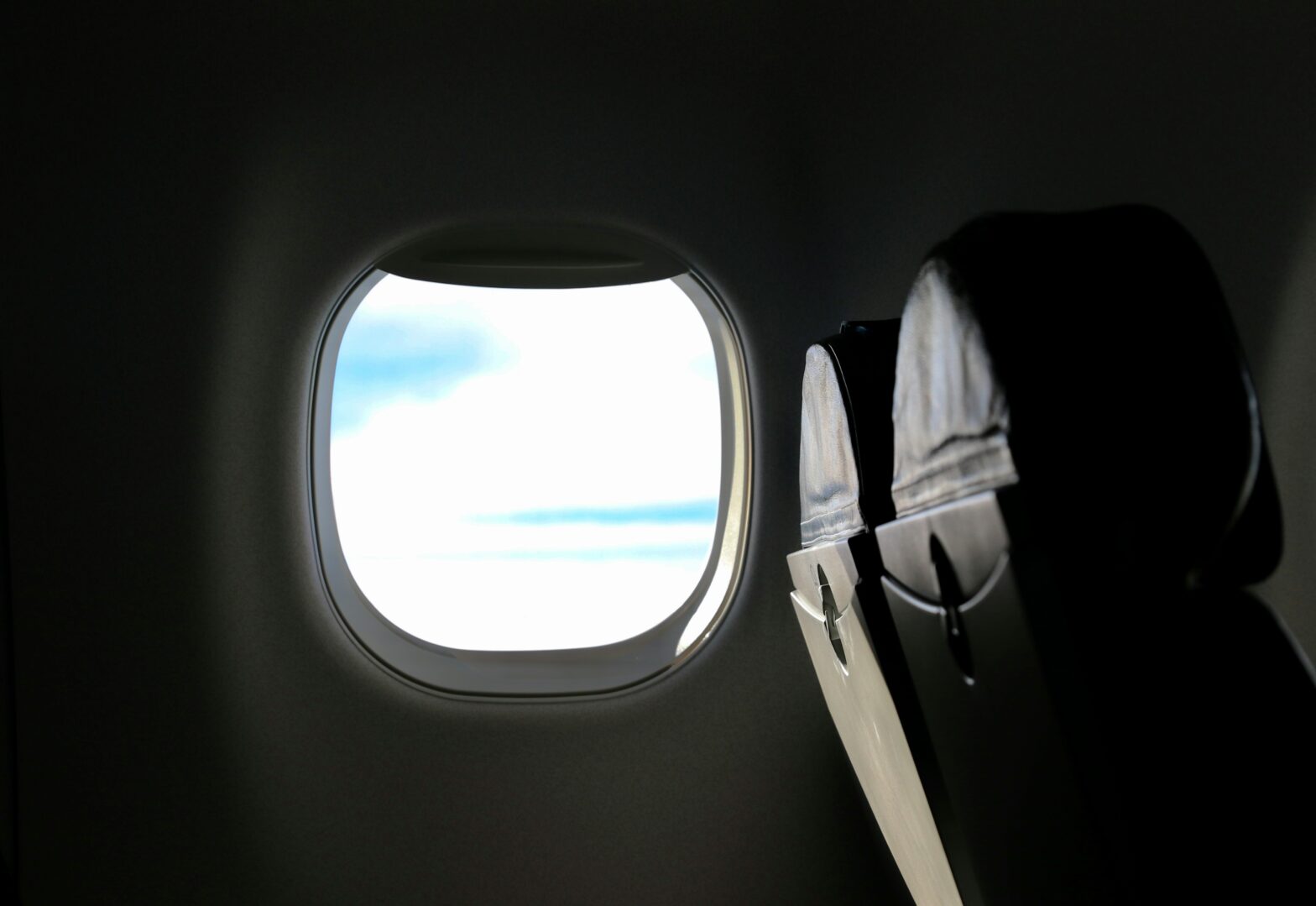Angel’s Landing is a breathtaking trail located in Zion National Park, Utah, that offers one of the best and most rewarding hiking experiences. With stunning views and challenging terrain, it has become a popular destination for outdoor enthusiasts from around the world. However, proper preparation and research are crucial before embarking on this adventure to ensure a safe and enjoyable experience. Read on for the ultimate guide to hiking Angel’s Landing.
Trail Overview
Angel’s Landing is situated in Zion National Park’s western region, known for its towering sandstone cliffs, deep canyons, and diverse wildlife. The trail begins at the Grotto Trailhead and ascends through the park’s iconic red rock formations.
The round trip to Angel’s Landing and back covers approximately 5.4 miles (8.7 kilometers). Hikers will encounter a significant elevation gain of about 1,500 feet (457 meters) along the way.
Angel’s Landing is considered a strenuous hike due to its steep and exposed sections, narrow ridges, and chain-assisted segments. The trail requires physical fitness, agility, and a head for heights. It is important to note that the trail can be crowded during peak seasons, which may impact the pace and overall experience of the hike.
The best time to hike Angel’s Landing is during spring (March to May) and fall (September to November) when temperatures are moderate. Summers can be scorching hot, with temperatures exceeding 100°F (38°C). It is essential to check the weather forecast and plan accordingly, as flash floods and thunderstorms can also occur, making the trail dangerous and even impassable.
Permits and Regulations
Permits are currently required for hiking Angel’s Landing. In addition, a valid Zion National Park entrance pass is necessary, which can be purchased at the park’s entrance or online.
With regard to hiking the trail, one must remember that this is an ecosystem, and a delicate one at that. It is crucial to adhere to park regulations by staying on the designated trails, avoid shortcuts, and refrain from disturbing wildlife or vegetation. Together, these precautions will help ensure that the wildlife inhabitants of the park continue to thrive.
As an added caution, drones are prohibited in Zion National Park. Please refrain from bringing them as their presence may scare the wildlife.
Camping on Angel’s Landing itself is not allowed. However, Zion National Park offers several campgrounds and backcountry camping options, which may require separate permits or reservations. Familiarize yourself with the specific regulations and guidelines for camping within the park. Doing so may make for an extremely enjoyable experience, as the national park offers other highlights besides Angel’s Landing.
Trail Highlights and Points of Interest
The name “Angel’s Landing” was inspired by an early explorer who claimed that only angels could land on its narrow summit. The trail has historical significance, as it follows the same route used by Native Americans and early settlers.
Angel’s Landing offers several breathtaking viewpoints, including Scout Lookout and the final destination itself, Angel’s Landing Summit. From these vantage points, hikers can view the awe-inspiring beauty of Zion Canyon and its surrounding landscapes.
Zion National Park does boast a diverse range of plant and animal species. Along the trail, you may encounter ponderosa pines, colorful wildflowers, and wildlife such as mule deer, bighorn sheep, and various bird species.
Safety Considerations
To ensure a safe hike, essential gear includes sturdy hiking boots, a backpack, plenty of water, sunscreen, a hat, and a first aid kit. Headlamps and a handheld flashlight are always important, and one should not be prioritized over the other.
Investing in moisture-wicking, breathable clothing suitable for the season will help keep hikers dry and avoid chafing from a long day of hiking. Layering is recommended to adjust to changing weather conditions on various parts of the trail. Choose sturdy and comfortable hiking boots with good ankle support to navigate the rocky terrain and to protect from twisting or worse, breaking an ankle.
Water sources are limited along the trail, so it is crucial to carry an adequate supply of water. As a general rule, aim to drink at least half a liter of water per hour and more during hot weather. Hydrate before, during, and after the hike to prevent dehydration. Carrying powdered electrolytes may also help as sweating causes the body to shed electrolytes at a very fast rate.
While encounters with wildlife are rare, it is important to remain cautious and respectful. Keep a safe distance, never feed animals, and properly store food to avoid attracting them.
Be aware of emergency procedures and know the contact information for park rangers or emergency services in case of accidents or unforeseen circumstances.
Planning and Preparation
Angel’s Landing requires a good level of physical fitness and endurance. Prioritize cardiovascular exercises, strength training, and hiking practice to prepare your body for the demands of the trail. Doing some initial, practice hikes and jogs at lower level altitudes will help your body acclimate to the coming demand.
Plan your hike by creating a detailed itinerary and timeline. Consider factors such as distance, elevation gain, rest breaks, and estimated hiking times. This will help you stay on track and ensure a smoother experience.
Pack all essential items, including food, water, snacks, extra layers of clothing, a hat, sunscreen, a map or guidebook, a multi-tool, a whistle, a camera, and any personal medications. Distribute the weight evenly in your backpack for comfortable hiking.
Adhere to Leave No Trace principles, which emphasize minimizing human impact on the environment. Pack out all trash, avoid disturbing wildlife, stay on designated trails, and be mindful of other hikers.
Navigation and Trail Markings
Carry both a detailed map as well as GPS device to navigate the trail accurately. Do not prioritize one over the other as you never know when technology will fail. Familiarize yourself with the trail markers and signs to avoid getting lost. A useful way to do this is by searching “angels landing” on Instagram and other social media sites. You will be able to see actual parts of the trail and better understand what lies ahead.
Pay close attention to trail junctions and signage to avoid taking wrong turns. When in doubt, consult your map, guidebook, or GPS device to ensure you’re on the right path.
Start the hike at a comfortable pace and avoid pushing too hard in the initial sections. Take regular breaks, stay hydrated, and listen to your body to avoid fatigue and potential injuries.
While on the trail, remember to maintain a good hiking posture by keeping your back straight, shoulders relaxed, and eyes focused on the trail. Use trekking poles for added stability and to reduce strain on your joints.
Angel’s Landing does involve elevation changes, which can be challenging. Take your time when ascending and descending, allowing your body to acclimate to the changing altitude. Watch for signs of altitude sickness (headache, dizziness) and descend if symptoms worsen.
When descending steep sections, maintain a slow and controlled pace. Use your trekking poles for stability and focus on your footing. Take small steps and maintain balance to prevent slipping or tripping. Side-stepping down the trail is a good course of action as you’ll be able to dig the edge of your shoe into the ground for added stability.
People Ask: Angel’s Landing Hike
Q: Is hiking Angel’s Landing suitable for beginners?
A: Angel’s Landing is a challenging hike that requires physical fitness and a head for heights. It is not recommended for beginners or those with a fear of heights.
Q: How long does it take to hike Angel’s Landing?
A: The average hiking time for Angel’s Landing is around 4-6 hours, depending on individual fitness levels and the time spent at viewpoints.
Q: Are there restroom facilities along the trail?
A: Restrooms are available at the Grotto Trailhead and Scout Lookout, but there are no restroom facilities on the final stretch to Angel’s Landing Summit.
Q: Can I hike Angel’s Landing with children?
A: Hiking Angel’s Landing with children is not advised due to its steep drop-offs and exposed sections. It is important to prioritize safety and choose more suitable trails for families.
Q: Do I need a permit to hike Angel’s Landing?
A: Permits are required specifically for Angel’s Landing; in addition, a valid Zion National Park entrance pass is necessary.
Q: Can I hike Angel’s Landing in winter?
A: Winter conditions can make Angel’s Landing hazardous, with snow and ice on the trail. It is essential to check the weather forecast and trail conditions before attempting the hike in winter.
Q: Are dogs allowed on the trail?
A: Pets, including dogs, are not allowed on the trail to Angel’s Landing. However, they are permitted on other designated trails within Zion National Park.
Q: Is there a shuttle service to the trailhead?
A: Zion National Park operates a shuttle service during peak seasons, providing transportation to the Grotto Trailhead. Check the park’s website for shuttle schedules and updates.
Q: Are there any alternative trails to Angel’s Landing?
A: If you prefer a less strenuous option, you can explore other scenic trails in Zion National Park, such as the Riverside Walk or the Emerald Pools trails.
Q: Can I hike Angel’s Landing alone?
A: While it is possible to hike Angel’s Landing alone, it is generally recommended to hike with a companion for safety reasons. If hiking alone, inform someone of your plans and expected return time.
Hiking Angel’s Landing is a thrilling adventure that rewards hikers with stunning views and a sense of accomplishment. However, it is crucial to prepare adequately, prioritize safety, and respect the environment. The elevation alone, as well as ascents and descents, make this trail more suited for advanced hikers. By following the outlined guidelines and practicing responsible hiking, you can enjoy the beauty of Angel’s Landing while preserving its natural splendor for generations to come.
So lace up your boots, pack your gear, and embark on this unforgettable journey responsibly.





